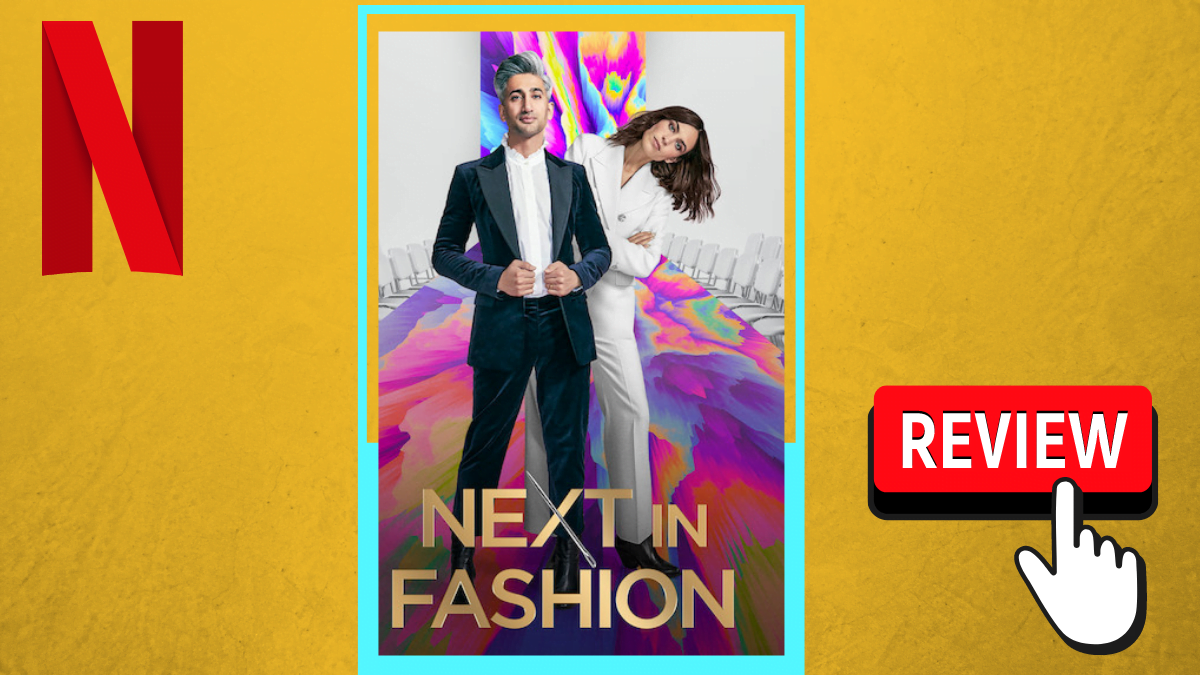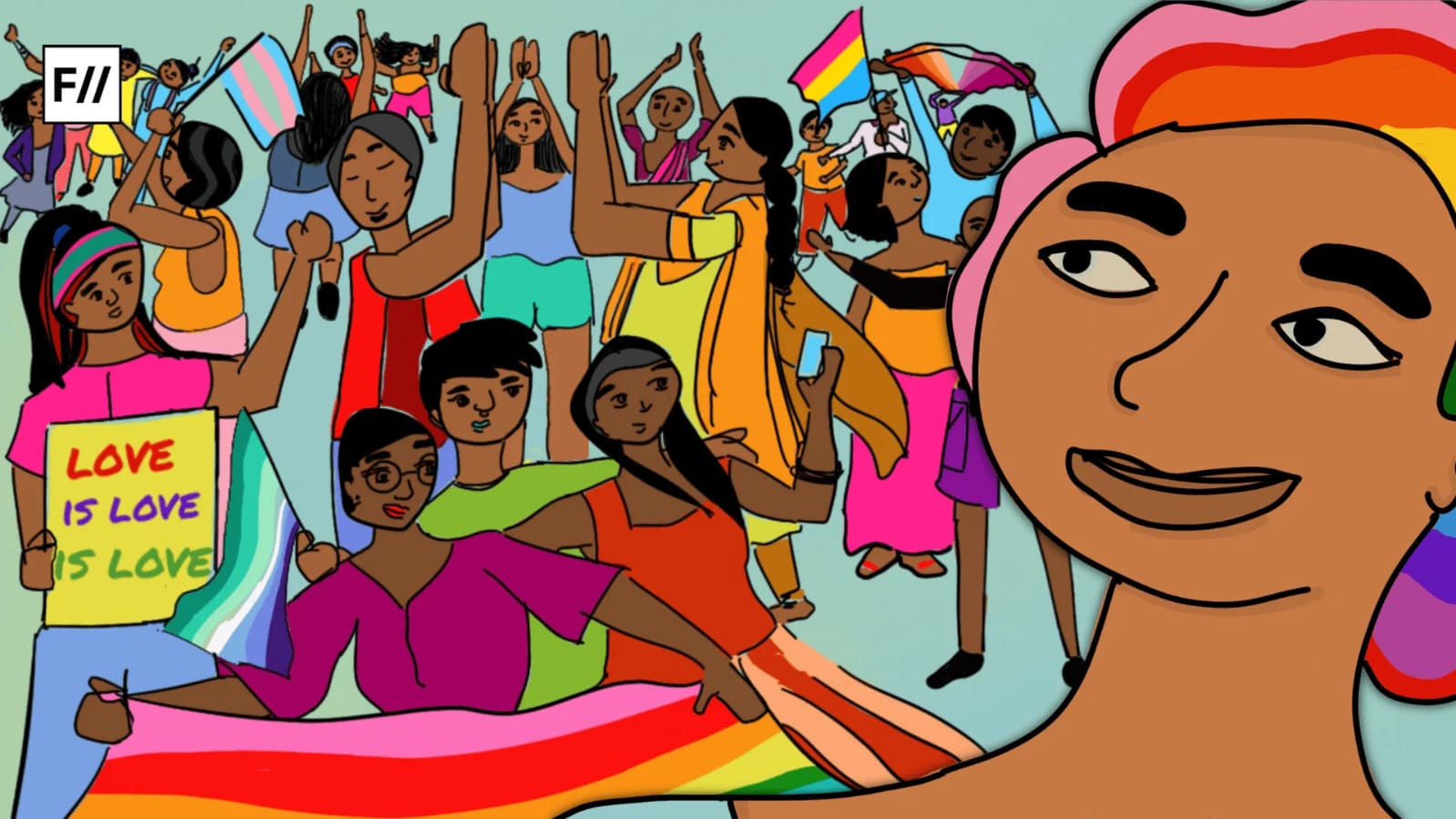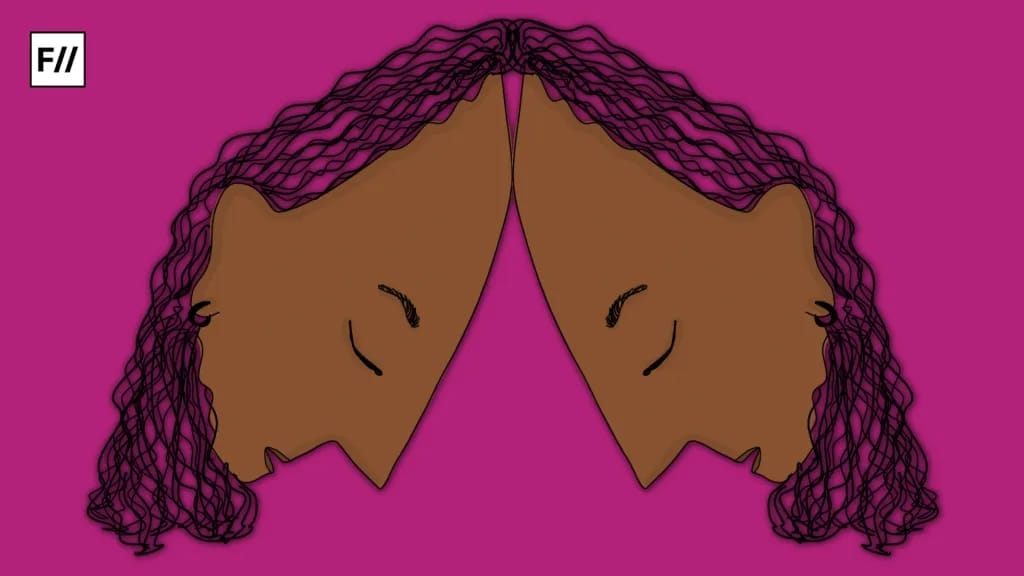Trigger Warning: Drugging, Sexual Assault, violence against trans people
I was excited when I started watching Next in Fashion, a show airing on Netflix India. Could this be a way for me—a person who has spent 26 years wearing print and print (the unfashionable way) and colour blocking the black in my kurta with more faded black (the special shade only intense machine wash can bring about when a person is too lazy and comfortable to purchase another pair) from the pants—appreciate and understand the complex world of fashion?
The show started with 18 extremely talented designers – some of them who had their own brands, years of experience in the fashion industry, and others who are just starting out. All these people have incredible background stories and were from different ethnicities – well-crafted, like a community college brochure.
As the show progressed, each episode had a theme, and in the second episode, every team had to create two outfits each – one for a man, and the other for a woman. I thought this would be only for one episode, but I was mistaken. Every episode was gendered like this—designs for a man, and a woman. There was no space to express a design for anybody who did not fall in these two categories. The show expected the participants to push the boundaries of fashion, but the boundary was clearly the kingdom of the two genders.
The show started with 18 extremely talented designers – some of them who had their own brands, years of experience in the fashion industry, and others who are just starting out. All these people have incredible background stories and were from different ethnicities.
2020 has seen plenty of debates on gender and sexuality. J. K. Rowling, who created a world with witches, dragons, three headed dogs, an enchanted flying car, a dark wizard who could split his soul into multiple portions, and the author of this famous line—”It is our choices, Harry, that show what we truly are, far more than our abilities.“—could not imagine a world where people could choose their gender. Through convoluted sentences and defensive prose, she insisted that gender identity as a concept did not exist, and that your biological sex was what mattered at the end of the day.
People who read Harry Potter in their closets and escaped from repression through the magic in the books were deeply upset to learn that the author of the books that they found solace in was a trans-exclusionary person. The issue with JK Rowling has also been extensively covered in articles, opinions, and editorials by people smarter, wiser, and more knowledgeable than me.
One of the judges/ host on this show is Tan France—Tan from Queer Eye who made everybody on the show look good, and feel good about their clothes. Maybe this show won’t be like an average reality television show, and they wanted to show the future of an industry. One of the most memorable moments of the show was when they worked with a young trans man, and Tan showed him how to navigate the world of men’s wear.
Tan is a gay man, and he has been open about his struggles around coming out to his conservative parents. Alexa Chung, the other host and judge has also stated that she is open to both polyamory and same sex relationships. The show had gay contestants, who lovingly spoke about their respective partners. In one of the episodes, a team even designs rainbow underwear and calls it a “love letter to our people.” I expected this show to be mindful about trans-inclusion and to break the traditional gender barrier.
It let me down.
One of the contestants on Next In Fashion talks about how she met her partner – “I met my partner when I was dressed in drag” and laughs about it. And that was the first and last time drag is mentioned on the show. I did not expect this show to change the industry, however I was hoping it wouldn’t conform to problematic practices that are not just prevalent, but also widespread in the world today. NIF had every chance and opportunity to undo the harmful behaviour that we see in the fashion industry.
But did Next In Fashion really want to be that bold?
The runway shows were all spectacular. The stage, the lighting, the make-up. It was captivating. The men and the women wore incredible pieces created by exceptionally gifted designers who were asked in every episode – is this going to be next in fashion?
Then came the Underwear episode – where the female models were all plus-size women. The judge was Adriana Lima, one of the most popular Victoria’s Secret Angels (and also thin woman, when there were multiple other plus-size lingerie models who could have been called to judge the show, but I guess none of them are as popular as Adriana).
It had all the ingredients of excellent competitive reality television – an outrageous concept, well-known individuals, and enthusiastic contestants who each had a unique take on the thing we wear the most but never speak about—underwear. But then again, the contestants had to design underwear for a man and a woman.
If innovation and vision extended to clothes that “break the gender norms”, why did it create such highly gendered spaces for the contestants to create clothes?
The judges examine every garment after the show and check the quality of fabric and construction. When a team of black women were hauled up for “not providing enough support for their model” (who looked perfectly lovely and comfortable), the contestant responded – “there was enough support.” Tan, who I presume has never had to wear a bra and experience the horror of an underwire goes – “no, but where is the under wire?” The entire point of calling plus size models had become a method to analyse the method and construction of lingerie, for the judges to criticise why the bra was not made keeping a heftier woman in mind.
Also read: Bhram Review: Cliche Horror, Erasure Of Cultural Identities And Mental Health…
The show’s most controversial scene also involved this team, and that has been addressed on popular media, people have taken sides, and racism and black culture has been discussed widely.
In the same episode, another male contestant created a sheer camisole for men, and the judges lost their minds. “Men can wear this too!! How visionary, how pathbreaking.” His team-mate, an openly gay woman, created boxer shorts for the female model and the judges thought that was extremely innovative.
Why did they bring in plus-size models, if they did not want to break the conventions in the fashion industry?
If innovation and vision extended to clothes that “break the gender norms”, why did it create such highly gendered spaces for the contestants to create clothes?
Is it just easier proclaiming that the future of fashion is plus size inclusivity than it is to question the gender binary?
How is it that trans people, who are the pioneers of multiple fashion statements, who have contributed immensely to this industry, who have changed how clothes and make-up is viewed – are not discussed or even considered? Why is this show so highly focused on creating looks for “male and female models”? Why is it that even androgynous looks were relegated to gendered spaces?
In recent news, the predatory behaviour of famous fashion designer Alexander Wang has come to light when multiple individuals accused him of sexual harassment. Multiple accounts have emerged from trans models that they were given water laced with molly (or MDMA) without consent, had their genitals exposed by Wang, had been groped post-surgery and sexually assaulted. Sexual assault of trans individuals as well as discrimination against them is rampant in the industry. This makes representation of trans and non-binary people in shows like Next In Fashion, that have celebrity guests and hosts, air on Netflix and have a huge audience all the more important.
The same team that designed the rainbow underwear were into BDSM play and modelled many of their outfits around that theme. And the irony of the show was that even they, who took every opportunity to convince us that they did not conform to any of society’s accepted behavioral norms—had to make their outfits for one man, and one woman.
Also read: Film Review — Chitrangada: The Crowning Wish (2012) Is An Effort…
Next In Fashion went out of its way to convince the audience that they were comfortable with sexual fetish, plus sized women, racial diversity (when the black culture that is showcased is fashionable), and androgynous clothes as long as the only things the designers pushed were the boundaries of fashion and not the traditional gender binary.
Chethana V is a lawyer practicing in Chennai, who would much rather binge watch a show on organising closets than get her own life in order. Her e-mail ID is advchethana@gmail.com. You can find her on Twitter.





Absolutely enjoyed this writing piece. You make a lot of good points on its very surface level “wokeness”, most of which flew over my head. This was such a feel good show that I just finished bingeing, but the constant binary gendering of it was indeed very icky.